
|
Thanks to technology, our world is becoming smaller every day, but despite the rapid pace of advancement, there are still some indigenous people around the world who manage to preserve their ancient way of life, language, and traditions. English photographer Jimmy Nelson travels the globe to meet these unique tribes and brings back incredible photos. For more, visit his website: beforethey.com |
|
1. Huli – Papua New Guinea The Huli Wigmen paint their faces yellow, red and white, combining them with ornate wigs they make from their own hair and don intimidating-looking axes, to frighten rival groups. |
 |
|
2. Kazakh – Mongolia A semi-nomadic people, the Kazakhs travel the valleys and mountains of Western Mongolia since the 19th-century. Famous for using eagles to hunt, the Kazakhs managed to retain this tradition for decades. |
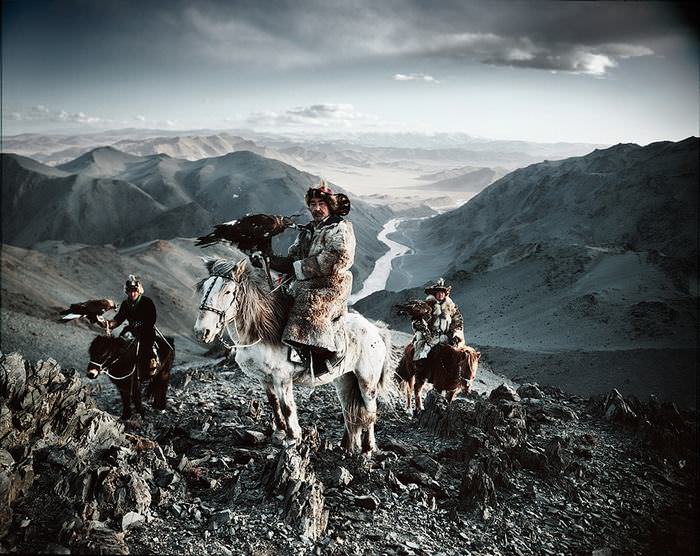 |
|
3. Rabari – India Rabari men are herdsmen, spending most of their days tending to the herds. The Rabari women remain in the village and invest much of their time creating intricate embroidery, managing the small villages and handling all of the financial responsibilities. |
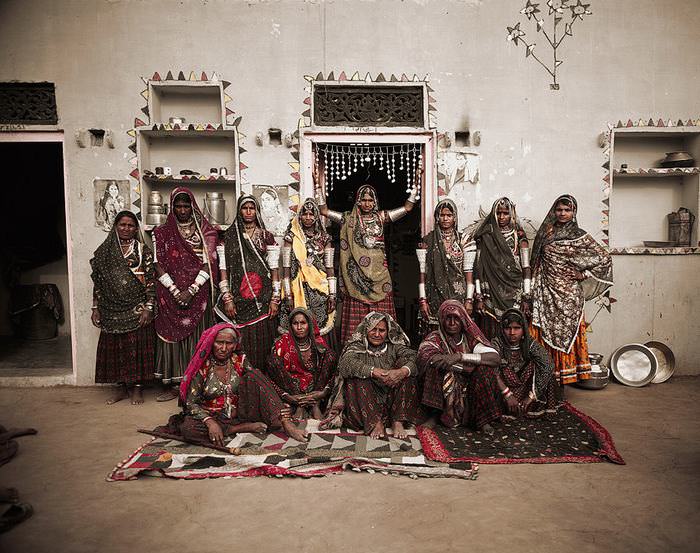 |
|
4. Gauchos – South America “Gaucho” literally means ‘cowboy’. These nomadic horsemen are considered to be the free spirits, which are bound to their horses. These horsemen roam the prairies in Argentina, Uruguay, Paraguay, Southeastern Bolivia, Southern Brazil and Southern Chile, hunting wild cattle. |
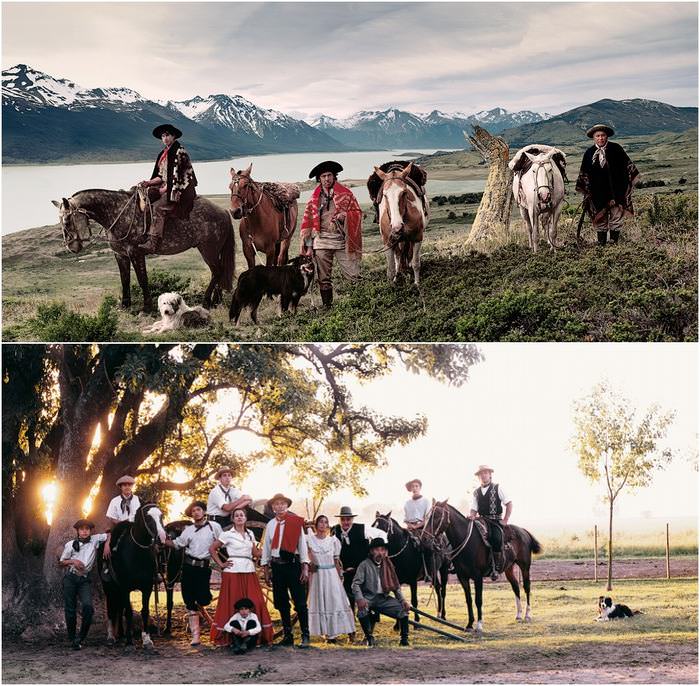 |
|
5. Hamar – Ethiopia Hunters and gatherers, the Hamar live in the Omo Valley, located in the Great Rift Valley of Africa. They engage in trade with other local tribes, bartering beads, cloth, cattle and food. The people of the Hamar were influenced by Evangelists and Islam, practicing a mixture of both, along with Traditional African Animism. |
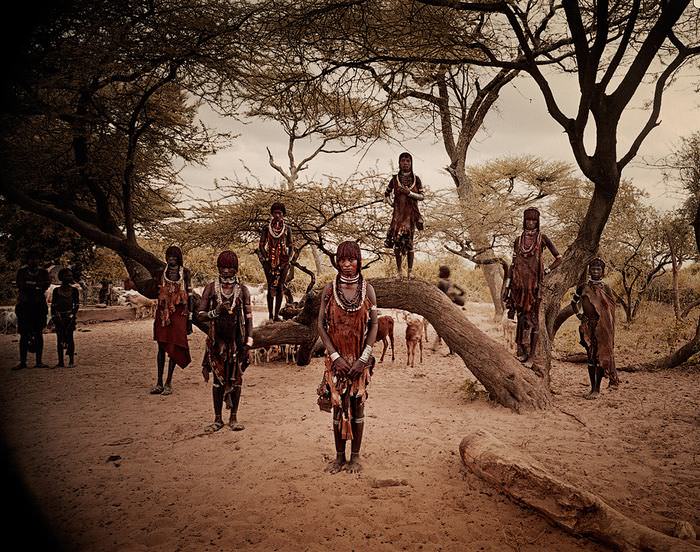 |
|
6. Vanuatu – Vanuatu Islands The 85 Vanuatu Islands have been settled around 500 BCE. The Vanuatu believe that wealth can be obtained through ceremonies of dance, called “Nasara”. |
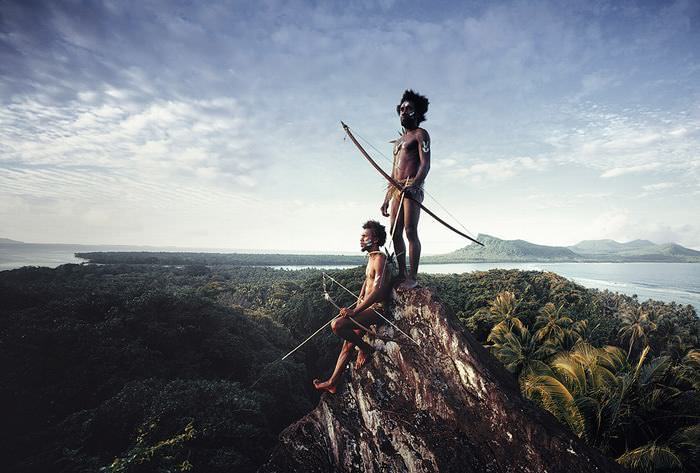 |
|
7. Nenet - Russia The temperatures in the Yamal peninsula range between -50°C (-58°F) in winter and 35°C (95°F) in summer. This is the home of the nomadic Nenets, traditional reindeer hunters. They migrate along a route of over 1000Km (621 miles), including a 48Km (30 miles) cross of the ice-cold waters of the Ob River. |
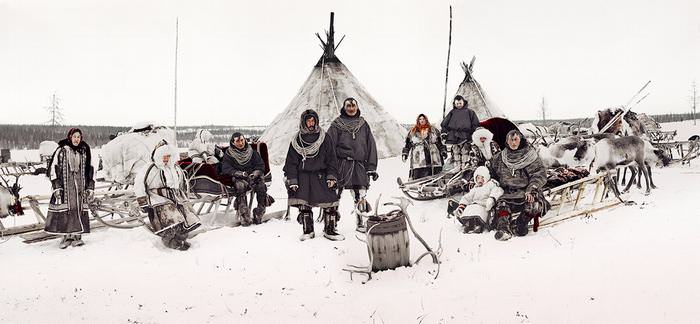 |
|
8. Drokpa – India-Pakistan border Different group from the local Indian and Pakistanis, the 2,500 Drokpas are a unique ethnicity in the region. They have been practicing traditions that are not common in the region, such as public kissing and wife-swapping. |
 |
|
9. Samburu - Kenya Indigenous to Northern Kenya, the Samburu are nomadic, moving with their cattle from one feeding ground to another. These interesting people are very independent and more egalitarian than other local groups. |
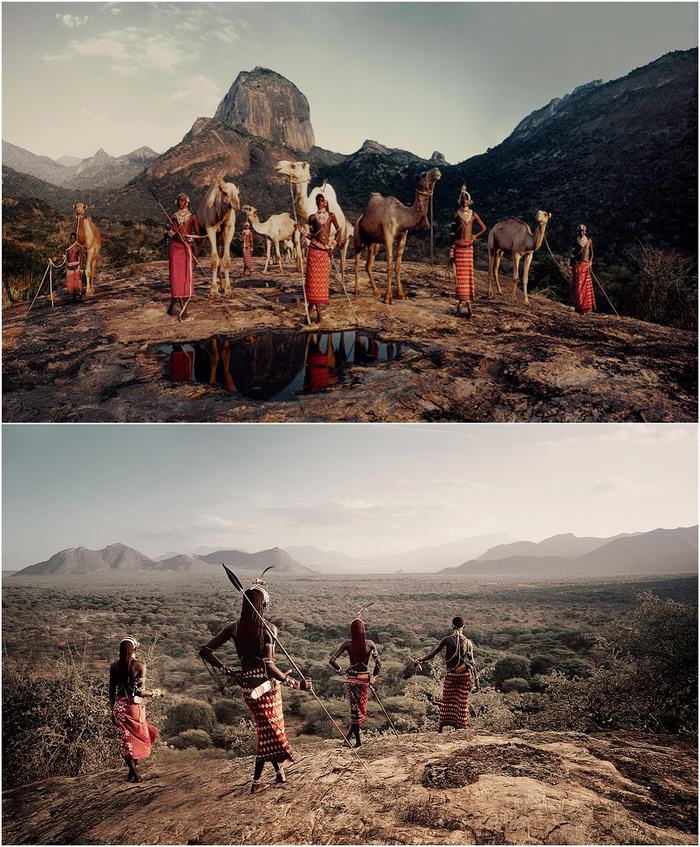 |
|
10. Mustang - Nepal The Mustang did not allow any outsiders to enter their lands until 1991. The people are very religious, practicing a faith that is similar to early Buddhism and most hold the belief that the Earth is flat. |
 |
|
11. Māori– New Zealand The Maoris can be traced back to ancient Polynesia, but the separation has turned them into a distinctly different culture. The early Maori people hunted the great Moa birds (now extinct) and developed their own traditions, including tribal tattoos and the famous ‘Haka’ – a dance meant to intimidate their rivals. |
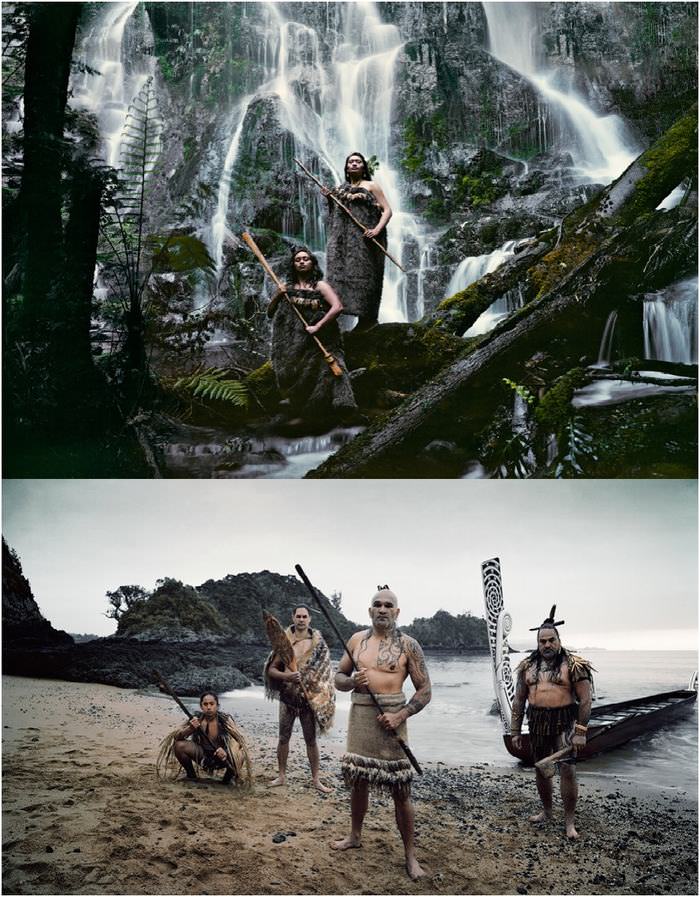 |
|
12. Asaro – Papua New Guinea The Asaro people first encountered Westerners only in the middle of the 20th-century. Known as the “Mudmen", legend says that the nickname comes from a time where the Asaro hid in a river after escaping from a rival tribe. When the tribe saw them rise from the muddy river, they thought them to be spirits and fled. |
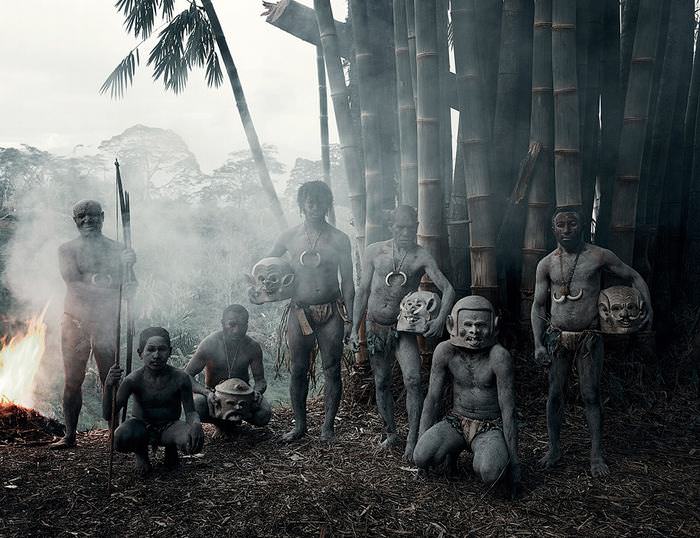 |
|
13. Ladakhi - Kashmir The name “Ladakhi” comes from the word “Ladakh”, meaning ‘land of the passes’. The Ladakhi are mostly farmers, working tirelessly for four months in the summer, then spending the remaining eight months of winter in almost continual celebrations. |
 |
|
14. Maasai - Tanzania The Maasai are considered to be one of the greatest warrior cultures of Africa, despite them being mainly dependent on their herds of cattle. A common saying of these amazing people is “Lions can run faster than us, but we can run farther”. |
 |
|
15. Banna - Ethiopia The Banna are one of the indigenous people of the Omo Valley. They prepare for ceremonies by painting themselves white, yellow, red and black. The most important ritual in their culture is when a daughter reaches fertility and gets married. |
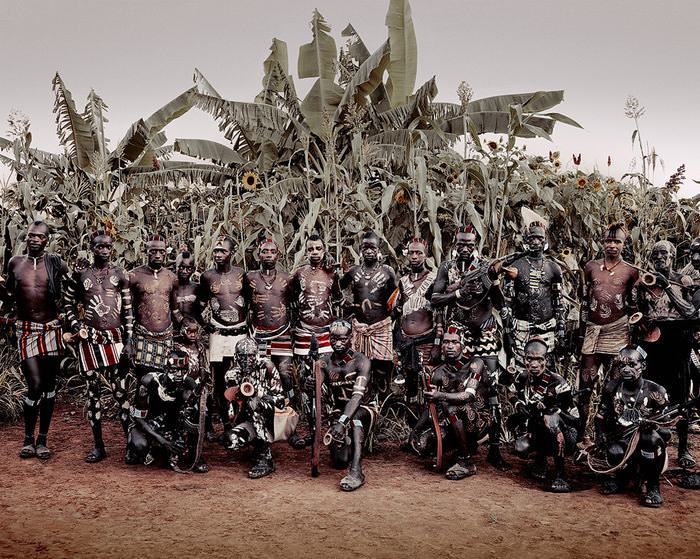 |
|
16. Kalam – Papua New Guinea The men of the Kalam are hunters and warriors. The women are exceptional farmers, tending to carefully planned gardens with sophisticated irrigation systems. When the men go to battle with other tribes, they don elaborate wigs and terrifying face masks to intimidate their opponents. |
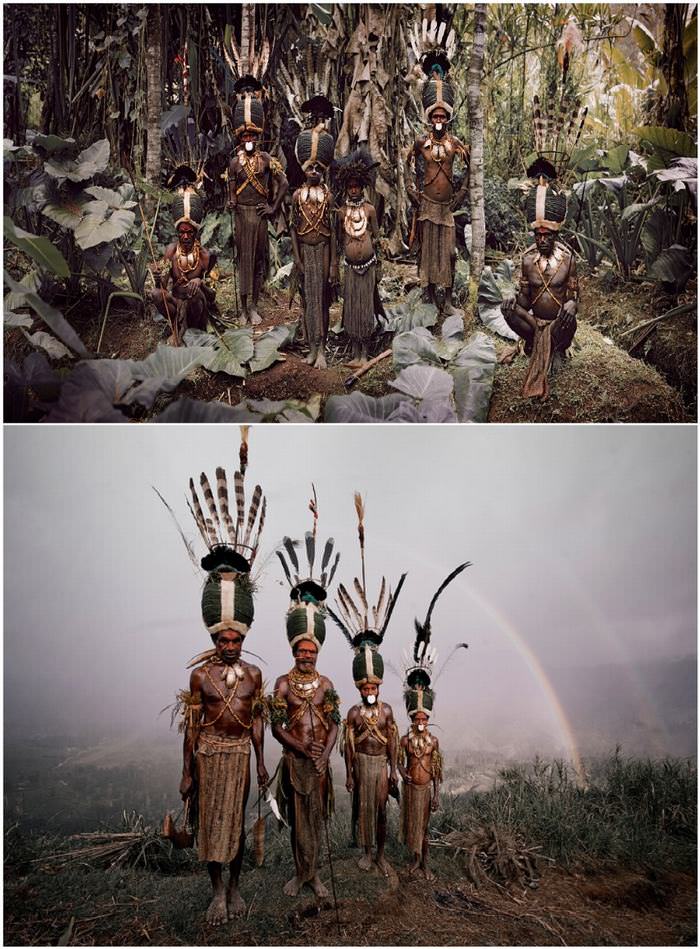 |
|
17. Karo - Ethiopia Also natives to the fertile Omo Valley, the Karo are a small group, numbering between 1,000-3,000 of farmers. Karo families have two houses – one for dwelling and another for household activities. |
 |
|
18. Tsaatan - Mongolia The 44 Tsaatan families are the last people on Earth who herd reindeer, their name literally means “Reindeer People”. They migrate between 5 to 10 times a year along the subarctic region to feed their herds. The Tsaatan rely heavily on the reindeer for all their needs – from transport, milk and even the antlers, which they use to make their tools, but they do not eat their reindeer. |
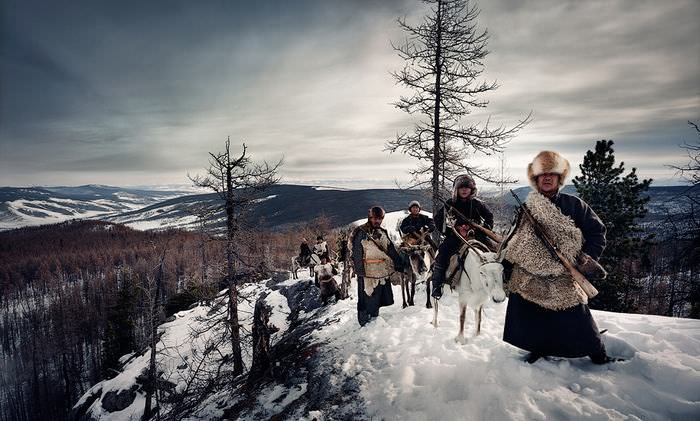 |
|
19. Goroka – Papua New Guinea The Goroka live in close families, relying on hunting, gathering, and some farming. The ornate make-up and decorations are meant to scare rival tribes, as indigenous warfare is common. |
 |
|
Bonus – Jimmy Nelson’s TED talk |